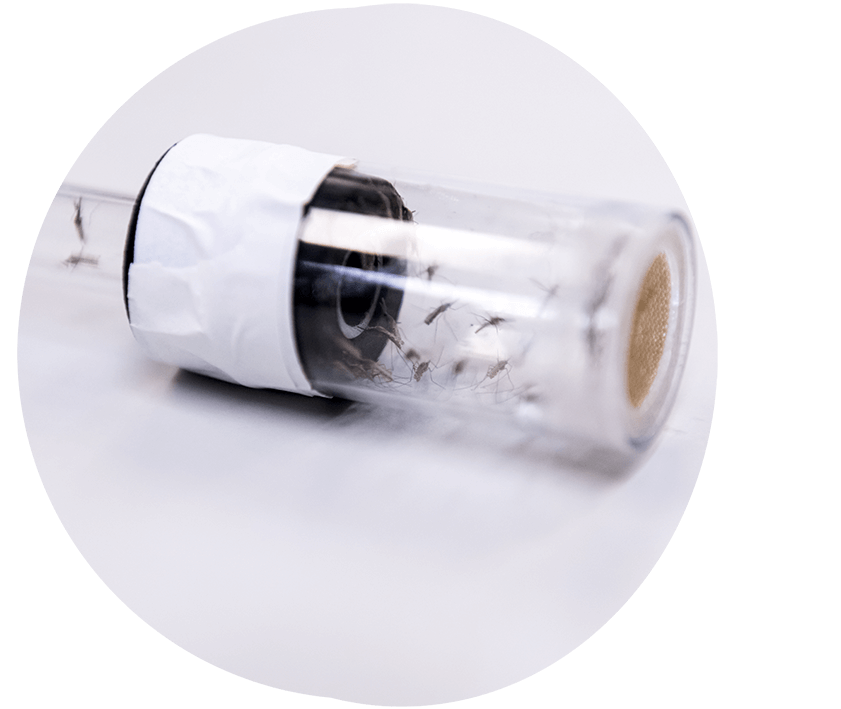New WHO report recognises the need for novel tools to eradicate malaria
Back in 2016, the WHO Strategic Advisory Group on Malaria Eradication (SAGme) received the task to evaluate future scenarios for malaria, including whether it was feasible to eradicate the disease. Few years have passed, and after in-depth analysis and numerous consultations with malaria and health experts, the research outcomes are finally available.
The new report “Malaria eradication: benefits, future scenarios & feasibility” reaffirms WHO’s goal to eliminate the disease and reminds us that a malaria-free world is possible – if all of us commit to it. After considering factors and trends, members of the SAGme reached a consensus: the elimination of the disease would save millions of lives and generate substantial investment return. In terms of the feasibility of eradication, the experts concluded that theoretically no biological (on part of parasite, vector, or human host) or environmental limitations exist to prevent eradication. However, they note that available tools are not sufficient and that new tools must be found to achieve this eradication.
For us at Target Malaria, these findings come with no surprises. Our daily work is motivated by the belief that malaria’s social and economic burden can be eliminated, and that we should do everything in our power to prevent mosquito bites to threaten people’s lives.
 We are still far from the malaria-free world WHO envisions. The report recognises that malaria incidence rate continues to decline worldwide, but now at a slower pace. In some countries, cases and fatal victims have even gone up. According to the report, in the most optimist scenarios, we will have 11 million malaria cases in Africa in 2050 if we only rely on existing tools.
We are still far from the malaria-free world WHO envisions. The report recognises that malaria incidence rate continues to decline worldwide, but now at a slower pace. In some countries, cases and fatal victims have even gone up. According to the report, in the most optimist scenarios, we will have 11 million malaria cases in Africa in 2050 if we only rely on existing tools.
This number could be even higher if malaria prevention and treatments are disrupted. Another recent publication from WHO paints a sobering and grim picture of what the post-COVID-19 world would be in malaria-endemic countries. COVID-19 adds further pressure on already weak health systems and threatens malaria programmes. According to the organisation, the suspension of insecticide-treated net campaigns and a 75% reduction in access to anti-malarial medicines could lead to 769,000 deaths this year in sub-Saharan Africa alone. This represents twice the number of deaths reported in the region in 2018, and a return to malaria mortality level like in the year 2000.
Members of the SAGme propose six recommendations to eliminate the disease – further investments in research and development of new tools and methods is one of them. The message is clear: current tools have played a significant role in cutting the number of cases and death toll, but they are not enough.
Many of the regions where malaria is endemic are geographically isolated. Resistance to insecticides is increasing rapidly. Some of the most effective vector-control tools – bed nets – ultimately depend on peoples’ adherence to be effective. These are just some of the challenges Target Malaria is trying to address with our gene drive research.
 Gene drive could be a more scalable, cost-effective and efficient tool compatible with existing control measures that when complemented to current methods, might deliver promising results. Gene drive expected to supplement control even where health systems are weak, sites are not readily accessible, mosquito populations have insecticide resistance and people lack mosquito nets. We know that there is no silver bullet to eradicate malaria. Gene drive is one of the avenues to explore to achieve the malaria-free world we are all fighting for.
Gene drive could be a more scalable, cost-effective and efficient tool compatible with existing control measures that when complemented to current methods, might deliver promising results. Gene drive expected to supplement control even where health systems are weak, sites are not readily accessible, mosquito populations have insecticide resistance and people lack mosquito nets. We know that there is no silver bullet to eradicate malaria. Gene drive is one of the avenues to explore to achieve the malaria-free world we are all fighting for.
Related links:
- WHO advisory body releases malaria eradication report
- Malaria eradication: benefits, future scenarios and feasibility: executive summary
- Global technical strategy for Malaria 2016-2030
Dr. Jonathan Kayondo
Principal Investigator for Target Malaria Uganda
Senior Research Officer for the Department of Entomology at the Uganda Virus Research Institute (UVRI)
